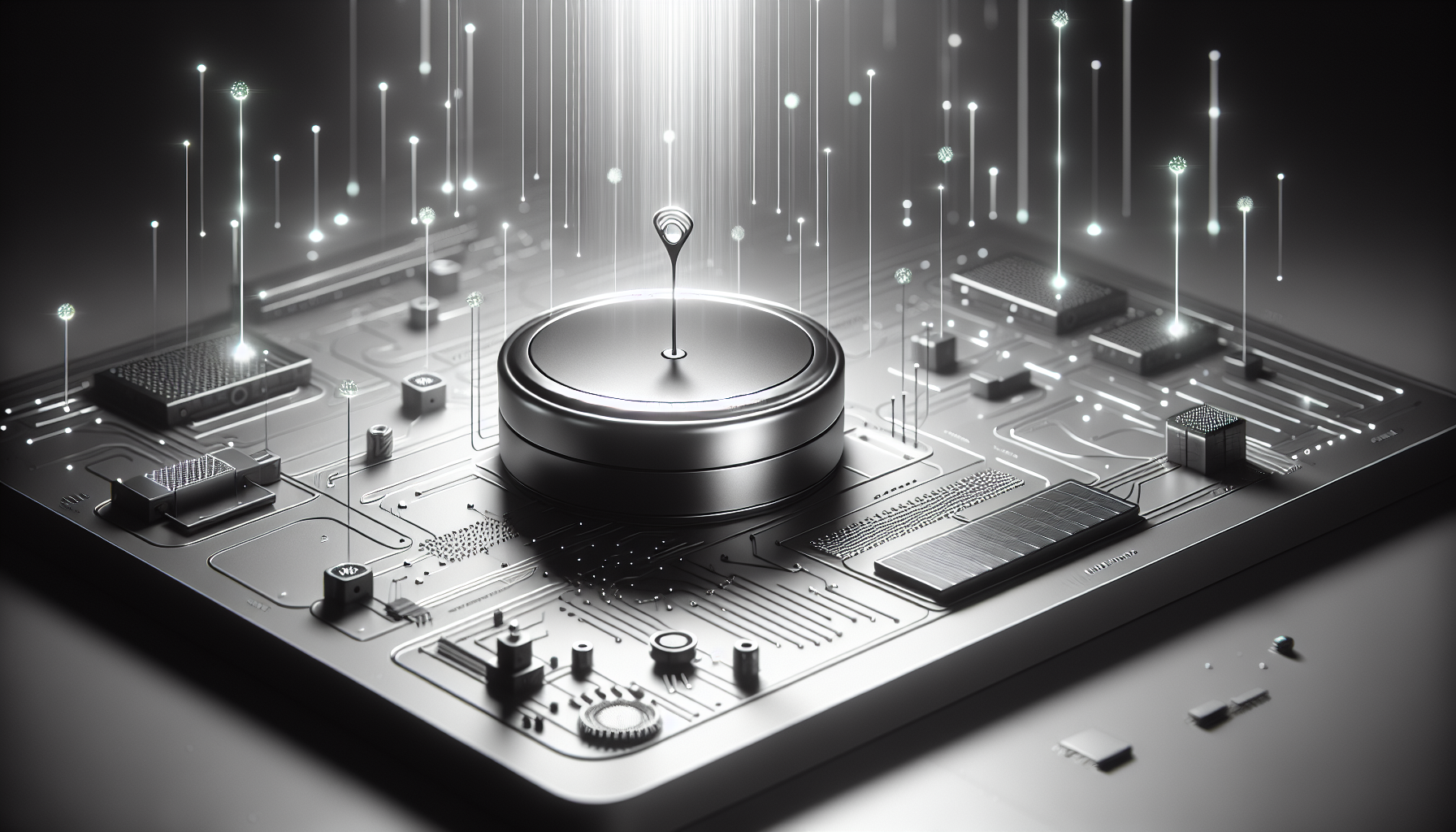Power Without Batteries: MIT's Light-Harvesting Sensor Could Transform IoT
What if your smart thermostat, fitness tracker, or air quality monitor never needed a battery again? That's not science fiction-it's the promise of a new breakthrough from MIT. Researchers have created a tiny sensor that powers itself using ambient light, potentially eliminating the need for batteries in billions of Internet of Things (IoT) devices.
Announced in April 2025 and published in Nature Electronics, this innovation could reshape how we think about powering the connected world. It's not just about convenience. It's about sustainability, scalability, and solving one of the biggest bottlenecks in the IoT revolution: power.
How It Works: Light as a Lifeline
At the heart of MIT's sensor is a new kind of photovoltaic cell. Unlike traditional solar panels that need direct sunlight, this one thrives in low-light environments. It can generate usable energy from as little as 100 lux-the kind of dim lighting you'd find in a hallway or office cubicle.
The sensor itself is remarkably efficient. It consumes just 20 microwatts of power, enough to perform basic tasks like temperature sensing, motion detection, or air quality monitoring. It's paired with a low-power processor and a Bluetooth Low Energy (BLE) transmitter, allowing it to send data wirelessly every 10 seconds-even in modest lighting conditions.
In real-world tests, the sensor operated continuously for over 72 hours in a typical office setting. No battery. No wires. Just light.
Why This Matters: The Battery Problem
IoT devices are everywhere-from smart homes and factories to hospitals and farms. But powering them is a growing challenge. Batteries wear out, require maintenance, and contribute to a mounting environmental crisis. By 2027, global battery waste is expected to hit 78 million tons.
"This technology addresses a critical bottleneck in IoT scalability," said Dr. Elena Voss, the project's lead researcher. "By removing batteries, we not only cut costs but also make devices more sustainable and deployable in places where maintenance is impractical."
Think of sensors embedded in concrete, tucked behind walls, or monitoring remote ecosystems. Replacing batteries in those locations is either expensive or impossible. MIT's solution could change that.
Limitations and Real-World Use
Of course, no technology is perfect. The sensor relies on ambient light, which means it won't work in total darkness or in places with highly variable lighting, like underground tunnels or sealed containers. The team is exploring hybrid systems that combine light harvesting with other energy sources, such as thermal or vibrational energy, but those are still in early stages.
Another limitation is bandwidth. The sensor's current data transmission rate is modest. It's not designed for high-demand applications like video streaming or real-time analytics. But for most IoT use cases-like smart thermostats, environmental monitors, or wearable health trackers-that's more than enough.
"This is a game-changer for scaling IoT networks sustainably," said Maria Torres, an industry analyst. "Most devices don't need to send data constantly. They just need to be reliable, low-maintenance, and long-lasting. This sensor checks all those boxes."
What's Next: From Lab to Market
The MIT team is already in talks with IoT manufacturers to bring the technology to market. Prototypes are expected to enter pilot programs by mid-2026. If successful, this could lead to a new generation of self-powered devices that are smaller, cheaper, and greener.
Imagine a smart home where every sensor is self-sustaining. Or a hospital where patient monitors never need charging. Or a city where air quality sensors run indefinitely without maintenance. That's the vision MIT is chasing-and it's closer than you might think.
In a world increasingly defined by connectivity, the ability to power devices without batteries isn't just a technical achievement. It's a step toward a more sustainable, scalable, and intelligent future.
Sometimes, the brightest ideas come from the dimmest light.
